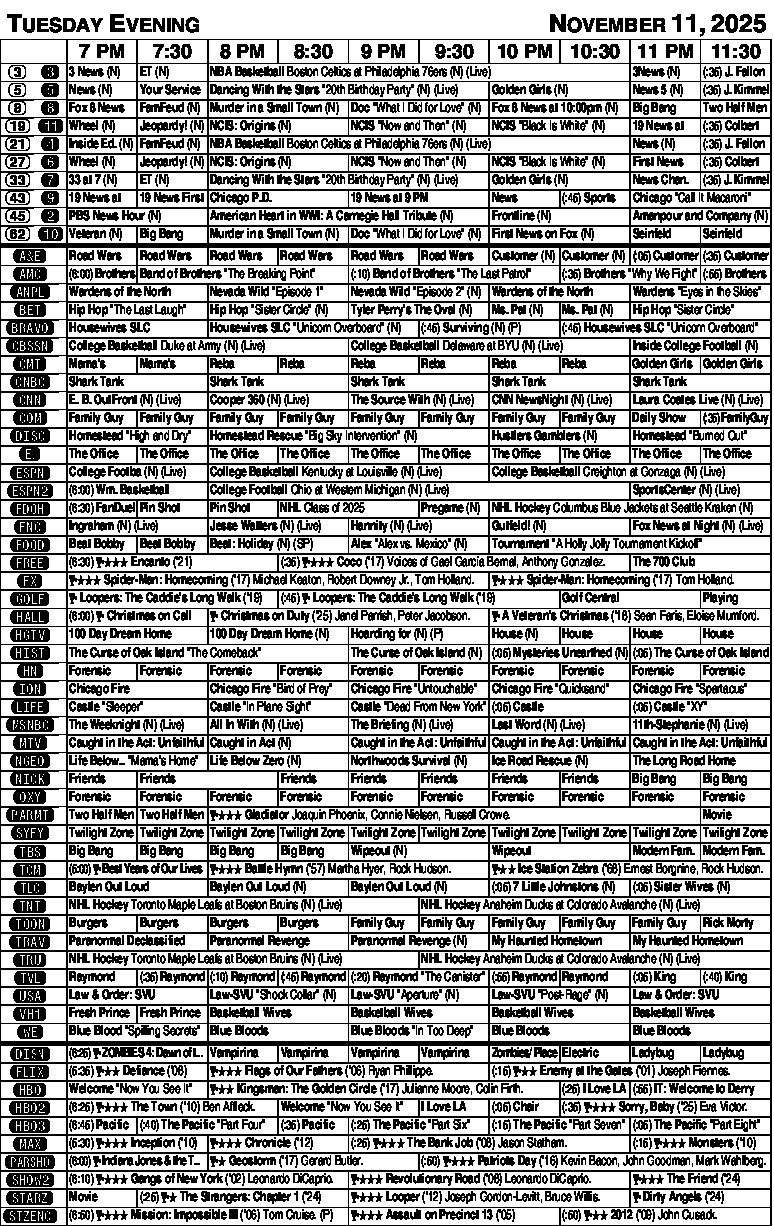Faulty BP measurements are common
Q. You have written about blood pressure measurement, so I thought I’d share my experience. I recently went to my doctor and, as usual, my blood pressure was taken incorrectly.
The tech used my right arm hanging down at my side, asking questions the whole time. In addition, the cuff was on my arm within 30 seconds of entering the exam room and the cuff was blown up too hard. I told her she should use my left arm and support it at the level of my heart. She was obviously miffed and said it didn’t matter.
When my doctor came in, she assured me we’d check it again. That check, at the end of the visit, was done correctly. The result was a nearly 40-point drop in systolic and about 15 points in diastolic readings. Technique makes a huge difference. If my doctor had considered only the tech’s measurement, she might well have prescribed a blood pressure pill I don’t need.
A. A review of 224 studies identified 22 common errors that can affect blood pressure accuracy (Physiological Measurement, Sept. 5, 2022). A study published in JAMA Internal Medicine (Oct. 7, 2024) found: “Specifically, when BP measurements are obtained with arm positions frequently used in clinical practice (i.e., on the lap or at the side), the readings obtained are markedly higher than those obtained with the arm positioned according to published guidelines.”
This research reinforces your experience. Our “eGuide to Blood Pressure Solutions” provides detailed information on the proper technique for blood pressure measurement. This online resource can be found under the Health eGuides tab at www.PeoplesPharmacy.com.
Q. I suffered from hot flashes for years before my doctor prescribed venlafaxine. It worked great!
After a few years, I wanted to eliminate some pills, so I stopped venlafaxine. That was a bad idea! My head felt horrible, and I thought I was having a stroke. At the doctor’s office, my blood pressure was sky high, so they sent me to the ER.
Eventually my readings normalized, but that was scary! I would never have taken this drug had I known how miserable I would be going off it. No one warned me.
A. It sounds as if you might have experienced “discontinuation syndrome.” That is the medical term for withdrawal symptoms. Although doctors prescribe venlafaxine off-label to ease hot flashes and night sweats, the FDA has approved it only to treat depression, anxiety and panic disorder.
Such antidepressants can trigger very unpleasant symptoms if discontinued abruptly (Lancet Psychiatry, July 2024).
Problems such as dizziness, headache, nausea, irritability and insomnia are especially common upon stopping venlafaxine abruptly. As a result, people taking this and similar medications should ask for guidance on gradual tapering.
Q. I know Neosporin is a very commonly used, topical healing medicine that is sold everywhere. But when I used it, I had red, itchy, blistering skin. Very unpleasant!
When I looked it up, I found that Polysporin has only two of the three ingredients in Neosporin: polymyxin B and bacitracin antibiotics. There is absolutely no neomycin in Polysporin, and I have not had any problems with it.
A. A surprising proportion of people experience allergic reactions to neomycin, one of the antibiotic ingredients in Neosporin. Many dermatologists now recommend plain petroleum jelly (Vaseline) for minor wounds.
In their column, Joe and Teresa Graedon answer letters from readers. Write to them in care of King Features, 300 W. 57th Street, 41st Floor, New York, NY 10019, or email them via their website: www.PeoplesPharmacy.com. Their newest book is “Top Screwups Doctors Make and How to Avoid Them.”


